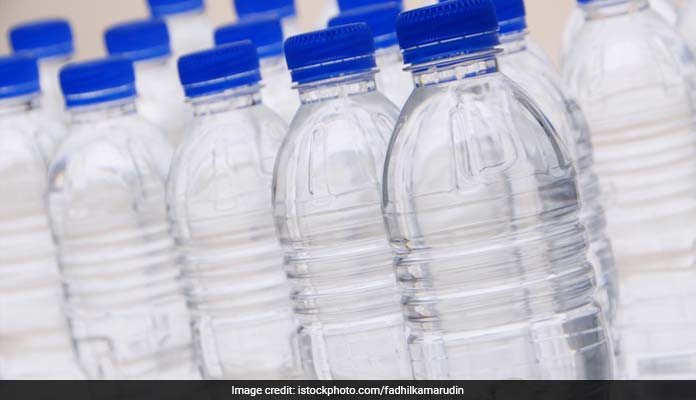Microplastics are plastic particles smaller than 5 mm. These tiny pollutants can spread to air, water, and soil systems and contaminate the food we consume. Dietary microplastics are accumulated in foods and from plastic material used in food and drink production, processing, and final product packaging. Many studies have found that foods such as table salt, seafood, meat, and drinks often contain microplastics that humans can consume along with these foods. A new study by Cornell University researchers maps the microplastic human uptake across 109 global countries on five continents from 1990 to 2018, focusing on the world’s major coastlines that are affected by plastic pollution. The findings of the study were published in the journal Environmental Science and Technology.
Amid rapid industrial growth, Indonesia tops the global per capita microplastic dietary intake at 15g monthly. In Asian, African, and American countries, including China and the United States, airborne and dietary microplastic uptake increased over 6-fold from 1990 to 2018. The microplastic concentration in table salt in industrializing countries, such as Indonesia, was around 100 times higher than that in the US.
Why Are Microplastics Bad for Us?
In another research article, UC San Francisco Professor of Obstetrics and Gynecology and Reproductive Sciences Tracey Woodruff, PhD, MPH, explains that chemicals like BPA, phthalates, and PFAS can mimic human hormones, the body’s chemical messengers controlling processes like reproduction, growth, and metabolism. Exposure to these substances has been shown to increase the risk of everything from infertility to poorer fetal development and cancer.
Also Read: “Intimidating”: Internet Reacts To Rameshwaram Cafe Owner’s Clarification Video
A recent investigation showed 50% more microplastics in the feces of humans with inflammatory bowel disease compared to healthy individuals, spotlighting potential threats to public health.

How Can We Avoid Consuming Microplastics and Other Toxins in Our Food?
Here are some tips shared by Professor Tracey Woodruff:
1. Don't microwave in plastic. Heat makes plastic release harmful chemicals like BPA, so always microwave in ceramic or glass.
2. Use glass or steel water bottles and avoid buying plastic water bottles.
3. Buy organic foods as much as possible to reduce exposure to pesticides.
4. Avoid eating a lot of red meat. Many chemicals tend to accumulate in fatty food, so reducing your red meat intake is also a good way to reduce chemical exposure. Try to eat lower on the food chain in general, consuming more grains, fruits, and vegetables, because many toxic chemicals tend to accumulate in animals higher up in the food chain as those animals eat other animals or plants.
Also Read: 5 Surprising Gut-Healing Foods That Can Be Found In Your Kitchen – Expert Reveals
The study by Cornell University researchers adds that eradicating 90% of global aquatic plastic debris can help decrease microplastic uptake by more than 48% in Southeast Asian countries with peak microplastic uptake. "To reduce microplastic uptake and potential public health risks, governments in developing and industrialized countries in Asia, Europe, Africa, and North and South America should incentivize the removal of free plastic debris from freshwater and saltwater environments through advanced water treatment and effective solid waste management practices."

